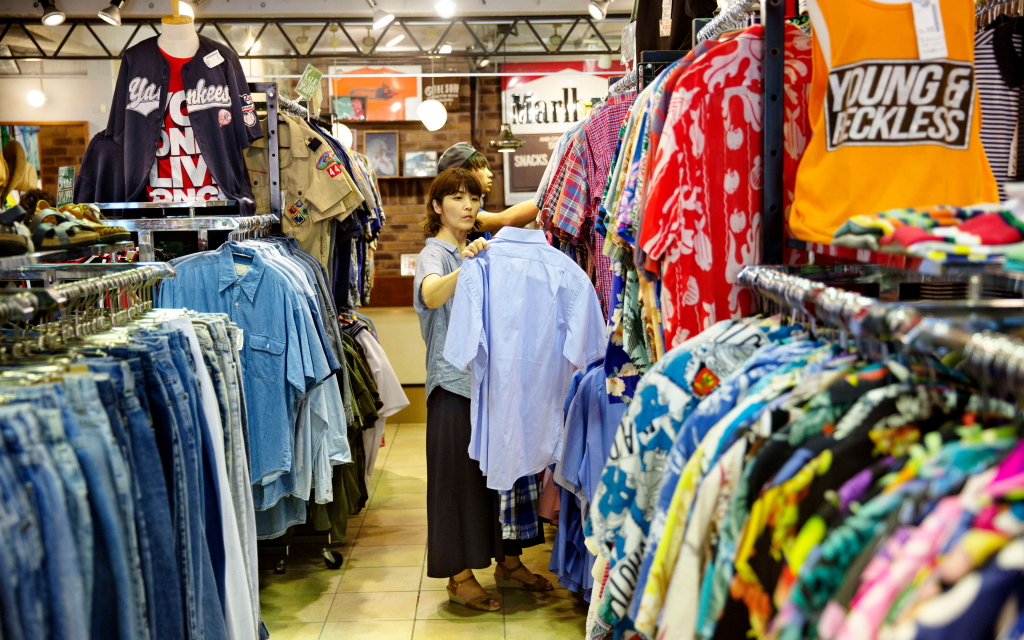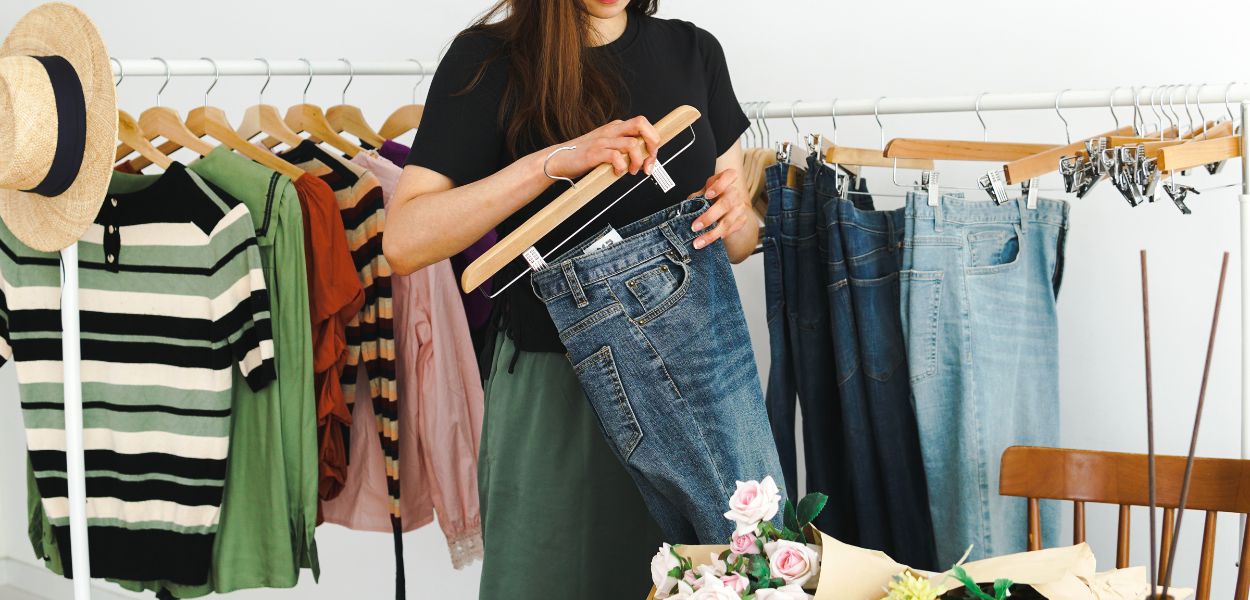Through Resale: With consumers demanding more conscious attitudes, sustainability definitely can’t be left out of strategic discussions.
Fashion Through Resale
Resale has been taking up space in the industry with a responsible discourse regarding consumption. It means that businesses attentive to ESG (environmental, social and governance) guidelines can be more valued in the market.

With consumers demanding more conscious attitudes, sustainability definitely can’t be left out of strategic discussions. Despite this, there are some critical points about it. This article will explain everything through resale with a focus on the consumer behavior.
Through Resale: What Are The Numbers?
You probably have heard a lot about this market since we always make sure to explain sustainable strategies in the fashion industry. Even though, here are a few numbers you must have in mind.
According to Luxe Digital, the luxury secondhand market is growing four times faster than the primary luxury market, at 12 percent per year versus 3 percent. It also says that “luxury resale already represents a $24 billion market today.”
Resale has become one of the main strategic priorities for retailers, even more than big data analytics. Kayla Wilkinson, ThredUp’s Corporate Communications Manager, said that secondhand displaced nearly 1 billion new clothing purchases in 2021 that would normally have been bought new.
Resale & Consumer Behavior
Even though it is not 100 percent of the population, we are living in an age where people are more responsible for consumerism. More and more consumers consider environmental responsibility important when forming an opinion about a brand.
Kayla Wilkinson shared with Fashinnovation that “nearly 2 in 3 consumers believe their individual consumption habits have a significant impact on the planet.”
Also, 74% of fast fashion shoppers believe their individual consumption habits significantly impact the planet, and 50% of fast fashion shoppers believe that fast fashion is harmful to the environment. It means that there is an awareness in most consumers. This way, there is only room for the resale to expand further.
Through Resale: The Controversies
Yes, one of the main ideas of this article is to open discussion about consumerism. Believe us or not, with all these trends everywhere, even in sustainability, it still persists.
The idea of the cycle of passing a piece of clothing to someone else on a small or large scale suggests that excessive production will be preserved. Despite that, have you ever wondered that clothes must go somewhere anyway?
In fact, resale is an opportunity to minimize industry damage, but it works as a “treatment,” not so much as prevention if you look at the initial problem in the supply chain. So, the critical impact of resale is to improve the useful life of a garment.
Thus, the expansion of resale also means consumption growth. Buying secondhand and contributing to the circular economy is only efficient when you know that the purpose is to minimize unnecessary waste production. Don’t you agree?
Just look at this data. Thredup’s report says that 36 percent of Gen Z respondents now purchase apparel weekly or monthly, the same rate at which they clear out or resell. It means that it is important to know the problem of overproduction of waste goes even further.
After all, you can fill the wardrobe with resale clothes, but the thing is: it would still be full.
Resale & Fast Fashion
There it is. This is why we must be careful. Just because something is secondhand doesn’t mean people must buy it, just like they buy from fast fashion. Or, instead, compulsively buying clothes just because the piece already exists.
The same report says that, on average, consumers regularly wear about half of their closets. How is it supposed to change when you keep buying too much – even though it is from the resale market?
To sum up, resale manages to control most of the mistakes committed by the industry. Still, the considerable amount of resale products purchased due to fashion trends can be similar to fast fashion in the way of consumption.
And of course, we must remember that resale success is due to sustainable awareness of the unnecessary amount of clothing.
The Future Of Resale
As you’ve seen, secondhand is expected to become a global phenomenon. More accurately, it is projected to grow 127% by 2026. In other words, McKinsey & Company estimates the resale market will have 10 to 15 percent annual growth in the next decade.
Of course, even though it does not work as a preventive manner to avoid the fashion industry’s harmful impacts, resale does help save the planet. We just need to be very attentive to it. After all, the report in this article suggests that the need to always have something new in the wardrobe persists.
But just like James Reinhart, thredUP Co-Founder & CEO, said: “We are still in the very beginning of this trend, but the acceleration of resale adoption is a positive signal with enormous benefits for the planet.”
Like this article? Then you must read this one: Web 3.0: How to Innovate in the 3rd Generation of the Evolution of Web Technologies?






